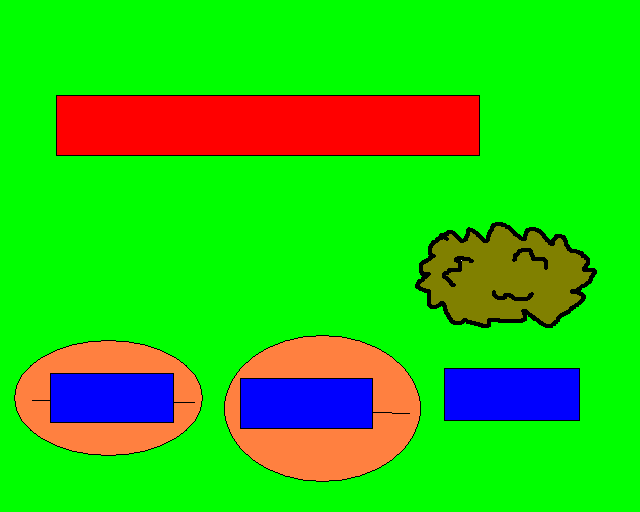
How let your opponent guessing on first turn
The defender biggest disadvantage is that the opponent deploys last, choosing the right match ups and targeting the weakest elements in the battle line.
This problem is bigger if the defender army is rigid, and has few to none possibility to redeploy or manouver, like an anglo danish host, for example, or is made of many different kind of troops, some of them matchup sensitive. Alans, in an all LhS version, do not care much about match ups, for whichever element the opponent fields, it will fight Lh! But a Yueh warring state chinese, with Bw, WbF, Ax, Cv and Lh can be disadvantaged if meeting a Successor army sending infantry against bowmen, Kn against wb and Elephants on mounted.
Planning ahead something can be done to redress this danger.
One solution usually adopted is to set up in columns to exploit the first movement turn and redeploy. This tactic is possible just with an army that can manouver, regular or mounted. Irregular clumsy troops are not suited to this. Furthermore, there are three problems.
The first is that open a column needs pips. If the opponent is deployed in lines and is aggressive, there is the risk to be catched in a formation that will disadvantage the fight if pip starved.
Second, passing from column to line under enemy pressure require good timing and foresight. When the column starts moving, the player should know how many march bounds he needs to reach the position where he is going, how many turns, and which position the troops will have once in line. All of this with an opponent that will try to mess up your plan. It can be tricky.
Last but not least, manouvering in column risk to give the initiative to the opponent, unless a flank can be exploited or a very good match up gained.
As said, some armies simply cannot manouver. The solution is planning ahead what to do. The goal is not present an easy target, or a target at all.
Terrain advantage

The defender can set up terrain features to deploy in very strong position, uphill or in terrain that deny QK to enemy. Also a barrier of difficult going can be used to compel the attacker to manouver. The defender then can start manouvering or be in a position where he wait for the opponent.
If the defender is in a too strong position, the attacker could simply to not attack it. This can happen in a tournament environment, where one of the players can be interested to avoid to lose. The defender that wants a victory must be ready to leave the good position to attack. It is often wise to give an opportunity to the opponent, a sector where he could attack. Inviting him to position his troops in a sector where the defender still enjoy some advantage is a good idea.
Another way to let your opponent guessing about your plan and deployment, is to not deploy one corps or more troops in the set up phase. This is very important for the defender, for an attacker that has doubts, or is unsure about what to do can waste his first turns, or simply could not target the enemy troops he would. Furthermore the on table appearence of troops where he didn't expect them, can further upset his plan, to the defender advantage. This can be done by:
Flank march
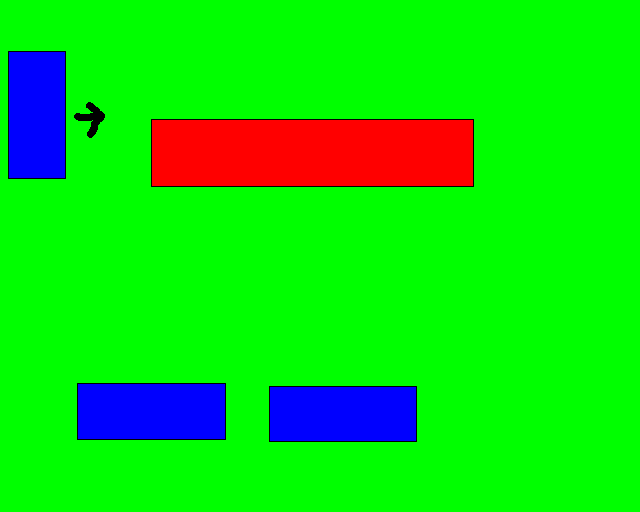
This is a manouver that can turn the odds on the table, because will position a corps where it will menace flank and rear of the enemy. The disadvantage is that the entry is random, so for some bounds the defender will fight with fewer troops. An aggressive attacker will exloit this, so be careful. If an army rely heavily on this tactic, it is a good idea use delayed start stratagem or use a brilliant general with flank attack.
Often a defender will deploy in a way that will let the opponent devine where the flank march will enter. This should be avoided, if possible. The flank march should be a tactical surprise. Some concealing features can be used to let the opponent guessing. A flank march on a bare table is easy to spot.
Concealed command
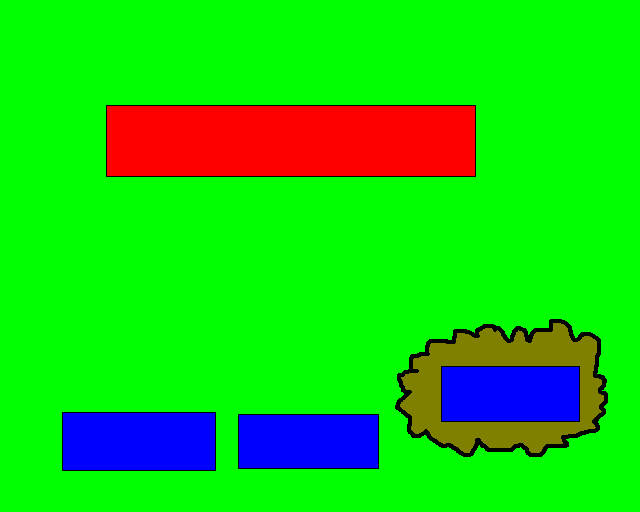
The concealed command is a stratagem, so must be paid for. The big advantage is that the concealed command, once it will appear on the table, will set up his troops as the owner wish. It is good to have different troops elements, to look for the best match ups.
The concealed corps downside is that it will appear on turn 2. This means that the defender moving first will have less regular pips and if advancing, will not have some of his troops. This can give the iniative to your opponent. It is a good idea to use this stratagem simulating a flank march instead. This could force the attacker to badly deploy.
Delayed corps
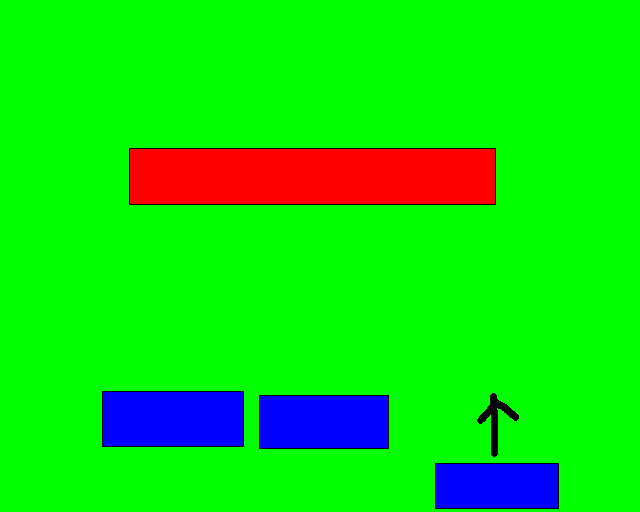
Delayed corps is an excellent way to have a reserve force to be entered where needed. It is usually a good tactic if having a defensive stance.
It can be used as a reserve in second line to bolster a weak sector, to breakthrough enemy line or to enter in a sector where its mere presence will force the opponent to waste pip to manouver against it. The big advantage is that its random appearing is easier than flank march and it enter immediately without a turn warning for the enemy. Furthermore the owner can choose where to make it enter, assessing the tactical situation
Delayed corps enter with a single march move, so the farther is the defender, the more turns it will take to bring it in the needed area. Delayed corps cannot enter if enemy is too near. It is not a good idea to use it if planning to stay very near the table edge.
Ambush
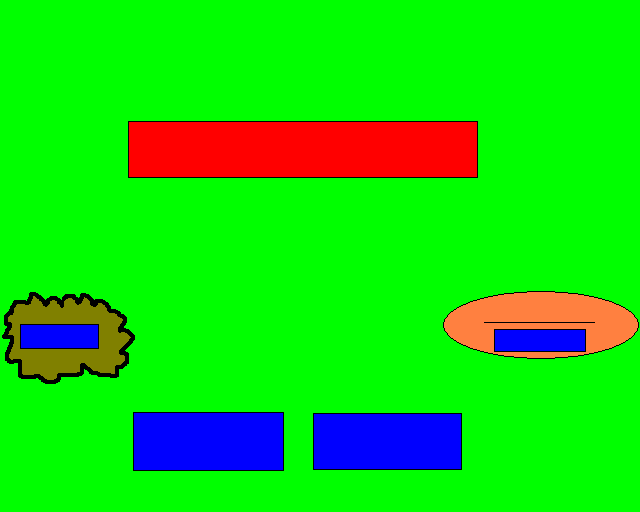
Ambush is another stratagem and a costly one. It is extremely useful for let the player deploy in forbidden side sectors troops that can be activated at will. The limitation to the number of elements ambushed will not prevent a small corps to be selected for this task. Plan ahead this, organizing a corps of no more than 8 elements to have the option avalaible.
All the tactics showed can and should be combined to give more worries to the opponent, but a balance should be looked for. A double flank march for example, will risk to expose to big risks the sole corps left on the table if the march doesn't show up soon and the attacker is aggressive. A degree of coordination is always required.